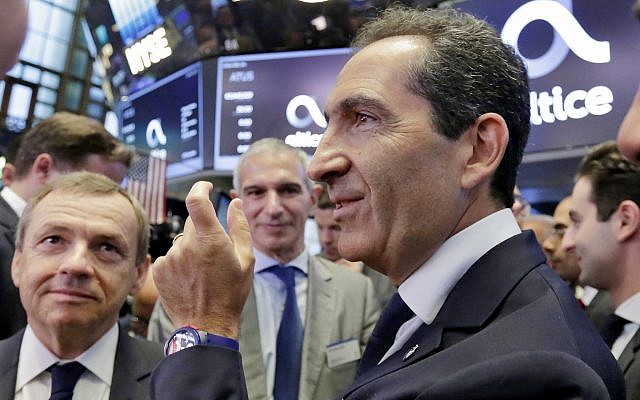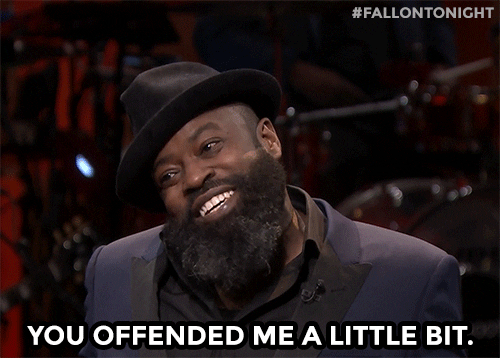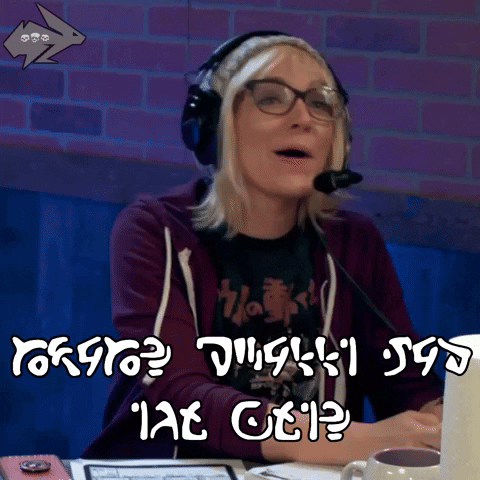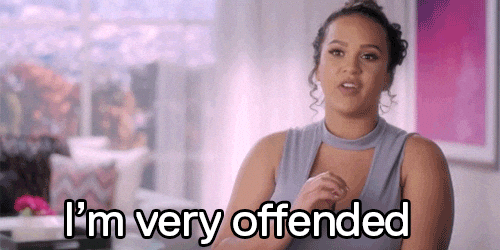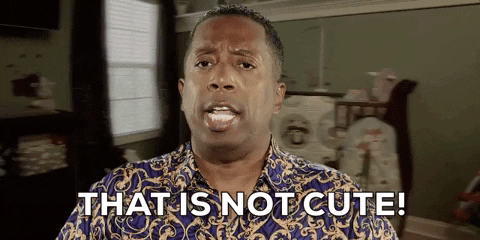... has multiple citizenships — French, Israeli and Portuguese...

Sotheby’s new owner Drahi — a French-Israeli tycoon with expensive taste in art
The Moroccan-born Jewish businessman is a billionaire said to own some ‘fairly spectacular’ works by Marc Chagall
PARIS (AFP) — French-Israeli billionaire Patrick Drahi, who is buying Sotheby’s auction house, has kept a low profile despite his sweeping international business interests.
The father-of-four is an avid art collector, and “a longtime client and lifetime admirer” of Sotheby’s, he admits.
France’s ninth-richest man, whose fortune is estimated by Forbes magazine at $9.1 billion, has multiple citizenships — French, Israeli and Portuguese — and lives in Switzerland.
But unlike billionaire Francois Pinault, or fellow telecoms and media mogul Xavier Niel of Iliad, Drahi is not an instantly recognizable figure in France.
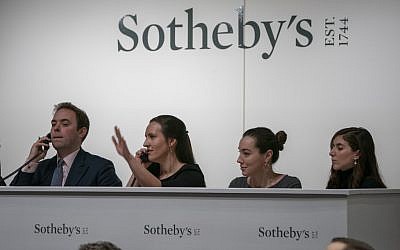
In this file photo taken on January 30, 2019 at Sotheby’s in New York, Sotheby’s employees take phone bids on an art work. (Don EMMERT / AFP)
In a 2017 profile, French news magazine Obs cited him as lauding the virtues of discretion.
“If you want to be successful, work hard, have fun and above all, listen and do not talk too much,” he was quoted as saying.
Drahi, 55, was born into a Jewish family living in the Moroccan city of Casablanca on August 20, 1963, the son of two math teachers.
He moved to France at 15 and studied at went on to study at the country’s top engineering school, the elite Ecole Polytechnique.
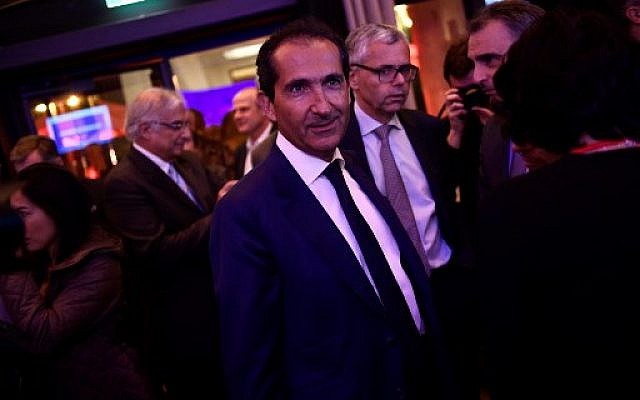
In this file photo taken on November 7, 2016 Altice CEO Patrick Drahi arrives for the launch of the new television channel BFM Paris in Paris. (Photo by MARTIN BUREAU / AFP)
After graduating he immediately began work in fiber optics and cable, beginning his career with the Philips Group and then moving to a subsidiary of cable giant Liberty Global before striking out on his own.
After buying up several troubled cable and mobile operators he entered the big league in 2014 when he fought off rival Bouygues to buy France’s second-biggest mobile phone operator SFR.
The following year he made his dramatic entry into the US market, snapping up cable company Suddenlink in a $9 billion deal in 2015, then Cablevision for $17.7 billion in 2016 and in April, the US financial video news start-up Cheddar.
Through the Netherlands-based Altice he also owns 75 percent of Numericable, France’s largest cable operator, as well as the Liberation newspaper, BFM news channel and Israel’s international i24 News network.
French unions have nicknamed him the “cost killer” but by 2017 his acquisitions had saddled Altice with around 50 billion euros in accumulated debt, sending its share price into freefall.
Promising to slow his expansion drive, Drahi returned that year as chairman of the board.
Drahi’s appetite for artwork appears to match his fortune. French online art sales database ArtPrice lists him as the 252nd biggest art collector worldwide.
“He’s a very secretive, elitist art collector… he is particularly fond of contemporary art,” ArtPrice CEO Thierry Ehrmann told AFP, adding that Drahi had in his art collection some “fairly spectacular” works by the 20th century Belarussian-French artist Marc Chagall.
A source in Drahi’s entourage said he had “encyclopedic knowledge of classical music and paintings particularly.”
“He knows when they were painted and what museum they are in,” the source told AFP.
Sotheby’s CEO Tad Smith in a statement lauded Drahi’s “commitment to innovation and ingenuity”.

